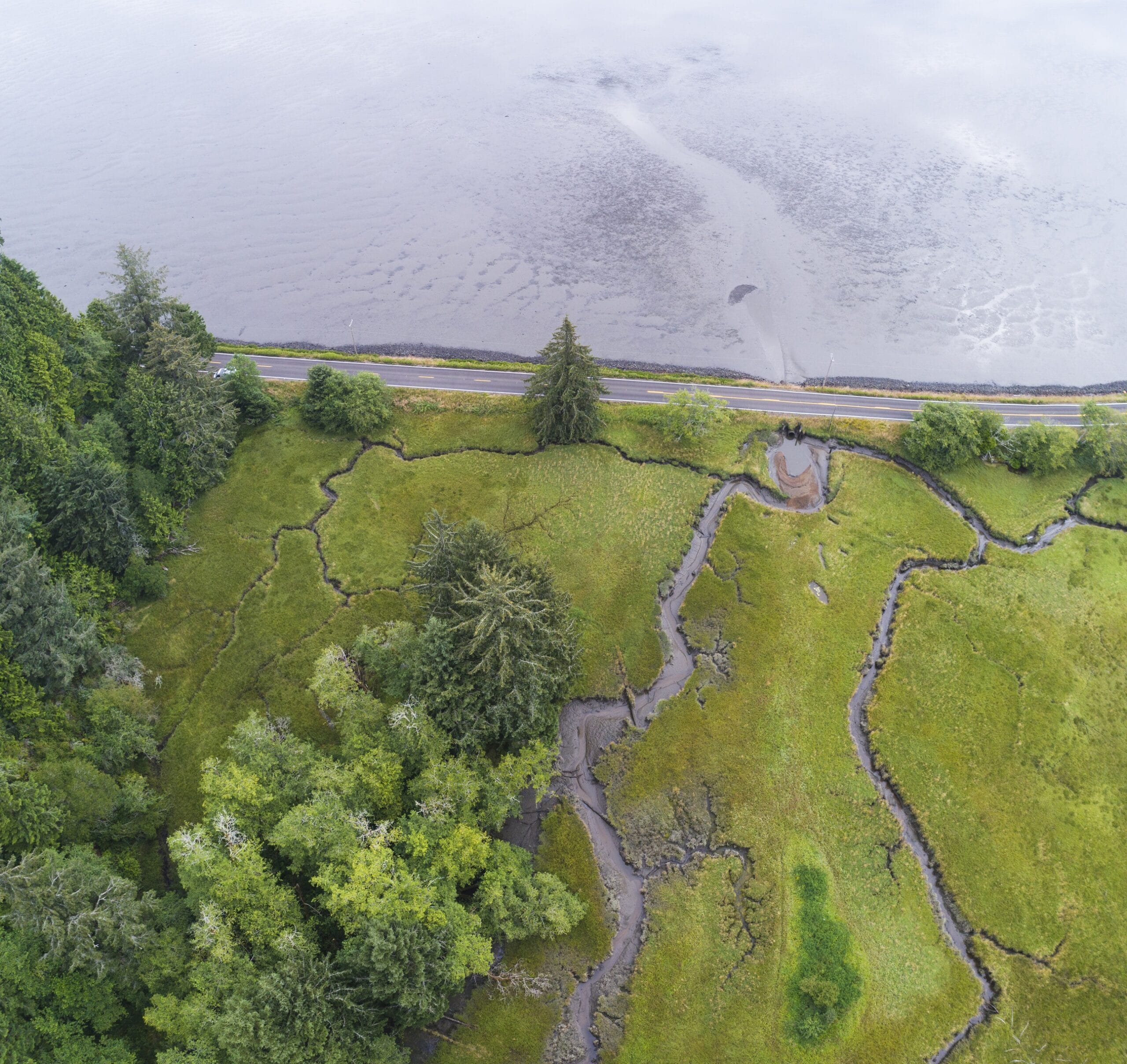TU projects in Alaska, Oregon and Washington Priority Waters recommended for a new round of federal infrastructure funding
Salmon, steelhead and trout need access to cold, clean water and intact spawning and rearing habitat if they are to sustain and recover their populations in the face of the changing climate. This week, the National Oceanic and Atmospheric Administration (NOAA) recommended that three ambitious Trout Unlimited fish passage projects on Alaska’s Tongass National Forest, Oregon’s North Coast, and Washington’s Olympic Peninsula receive $16.6 million of funding to move this critical work forward.
The awards for TU projects are part of NOAA’s $240 million fish passage package that recommends funding for 46 projects spanning thirteen states. The projects are funded by the Bipartisan Infrastructure Law and Inflation Reduction Act. Almost half of the projects recommended for funding are being led by tribes and tribal organizations. This week’s announcement builds on an earlier round of NOAA fish passage investments announced in 2022, including $20 million for TU projects in Washington, California, Michigan and Wisconsin Priority Waters.
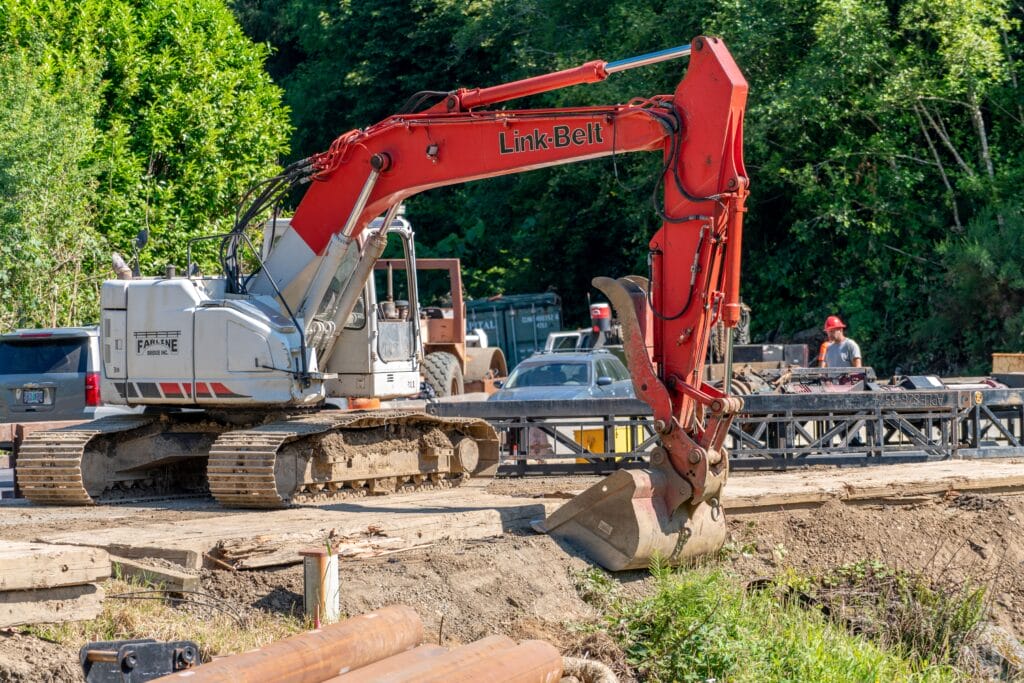
“These fish passage projects are in some of the best remaining wild fish strongholds on the Pacific Coast, which are Priority Waters for Trout Unlimited,” said Rob Masonis, Trout Unlimited vice president for the Pacific region. “Providing salmon, steelhead and sea-run cutthroat trout unimpeded access to the habitats they need is essential if they are to thrive in the face of climate change, but the projects are also good for nearby communities that will benefit from the jobs they will create and the flooding they will prevent.”
TU projects recommended for funding:
Salmon SuperHwy: Oregon ($4 million)
The Salmon SuperHwy is an ongoing collaborative partnership of over a dozen entities in the Tillamook, Nestucca and Sand Lake watersheds on Oregon’s North Coast. The partnership’s goal is to restore full access to 180 miles of habitat—95 percent of the historical habitat once available to anadromous fish in these three watersheds—by addressing a strategically prioritized list of in-stream barriers, including undersized culverts, small dams, weirs and tide gates.
The work recommended for funding will remove barriers to fish migration at seven sites, restoring access to 21.7 miles of habitat for salmon, steelhead and other native fish. The funding will also provide transportation infrastructure and flood resilience benefits to local communities and also support stakeholder engagement and additional project development.
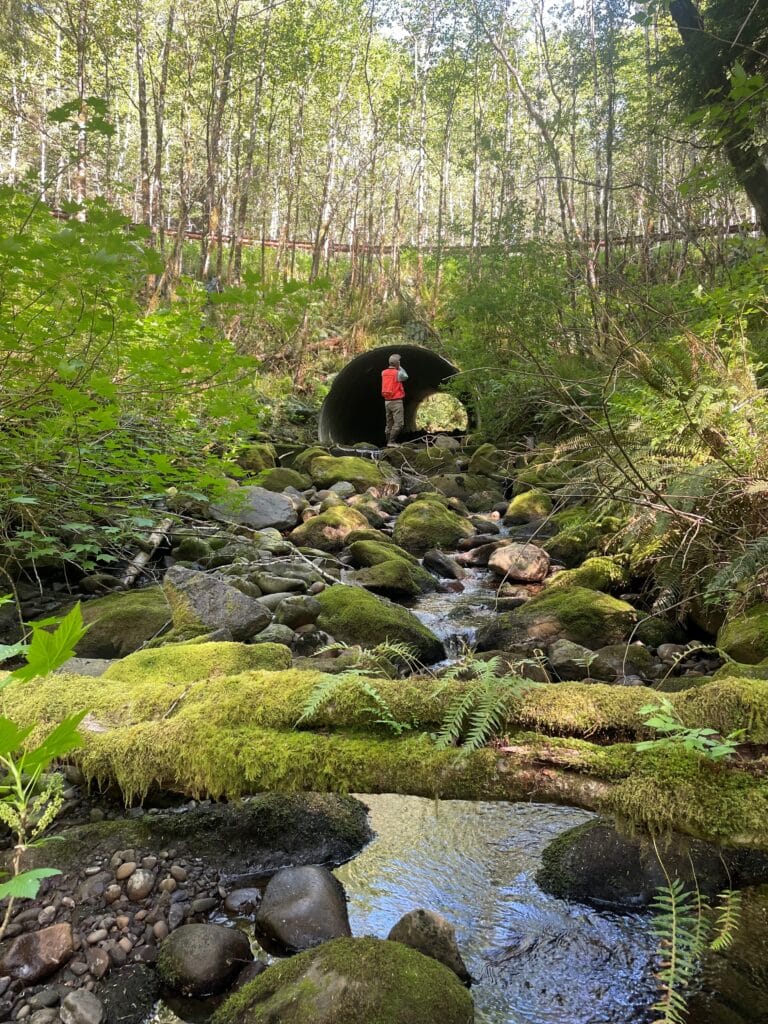
Olympic Peninsula: Washington ($8.4 million)
Building on the funding provided in the first round of NOAA’s fish passage awards, TU will move ahead with six fish barrier correction projects in the Hoh, Queets/Clearwater and Quillayute watersheds. These barriers were identified and prioritized by the Coldwater Connection Campaign, a partnership that includes the Coast Salmon Partnership, the Wild Salmon Center, Trout Unlimited, regional tribes and agencies.
This partnership aims to reconnect 125 river miles by removing 50 high-priority barriers across western Olympic Peninsula watersheds. This work will restore access to key spawning and rearing habitats for salmon and steelhead and provide durable, climate-resilient road infrastructure for Olympic Peninsula communities.
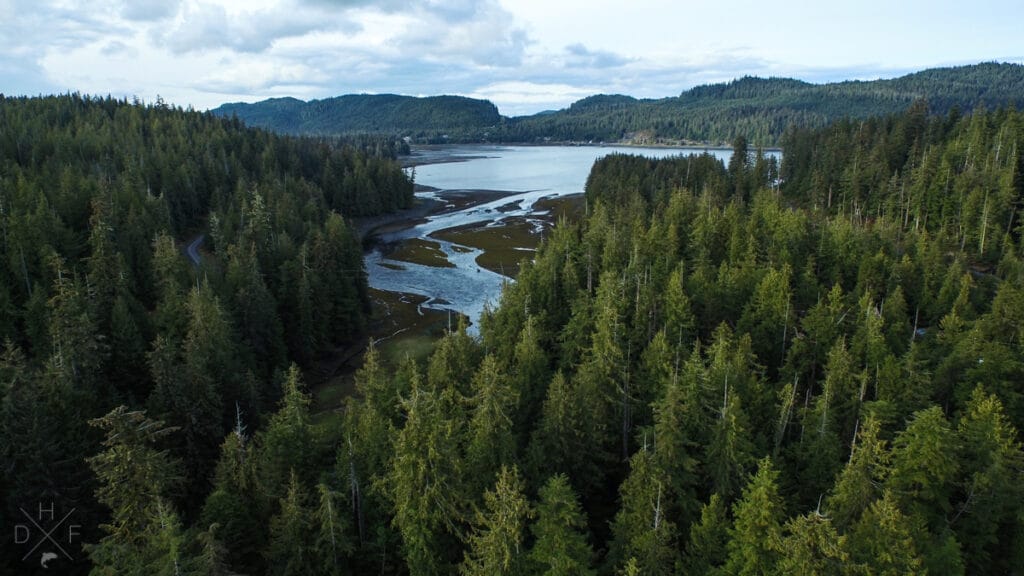
Tongass National Forest: Alaska ($4.2 million)
Trout Unlimited will address several stream crossing barriers in the Tongass National Forest in Southeast Alaska, where thousands of streams support one of the world’s greatest salmon‐producing regions. Logging and road building activities in the forest have created barriers that affect salmon migration, spawning, and rearing.
With this funding, TU will replace 16 culverts that currently block or impede salmon from reaching spawning and rearing grounds, reconnecting approximately 30 percent of the anadromous fish habitat with migration impairments on the forest. This work will reconnect nearly 20 miles of stream habitat and 52 acres of lake and wetland habitat for coho and other salmon species.
